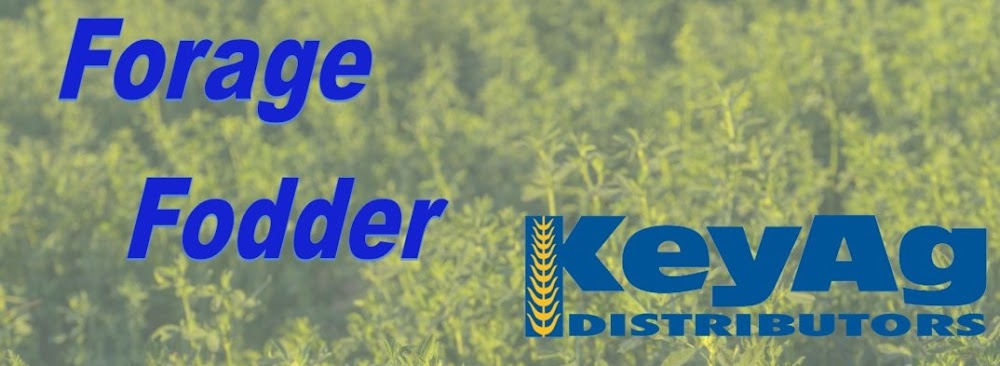Colorado—In the April 21 report, compared to last report, trade activity light on good demand for horse hay and retail markets. Trade inactive on all other hay markets. Horse hay sold mostly steady per bale this week on comparable hay trades. According to the U.S. Drought Monitor’s High Plains Summary for April 19, temperatures briefly plunged across the central plains, threatening the already drought-stressed winter wheat crop.
Missouri—In the April 21 report, compared to last report, the supply of hay is moderate, demand is light to moderate and prices are mostly steady. Field work continues to be limited, following this week’s rains. A little fertilizer was spread before the ground got too soggy, but farmers in most areas will have to wait for the sun. Hay fields and pastures are growing well, although some below average temperatures are keeping them from really taking off. Hay business is slowing down and is about concluded for this feeding season. A current concern for producers is what new crop prices might be, given the sharp rise in input costs and the extremely high grain prices.
Nebraska—In the April 21 report, compared to last week, baled hay and alfalfa pellets sold mostly steady, while ground and delivered hay sold steady to $10 higher. Buyer demand remains good to very good, as current hay stock continues to diminish. Many sellers are out of hay all together, some plan to feed their remaining hay themselves, and others remain active delivering hay on preexisting contracts. Very light precipitation reported in some areas while other areas have yet to see moisture this year. Light, scattered showers expected and hoped for by numerous contacts over the next week.
Oklahoma—In the April 22 report, compared to the last report, there continues to be a lower number of trades due to the transition period from winter hay to spring cuttings. Most producers are currently out of hay and are waiting for that much-needed rain to help fill ponds, crops to grow, and hay to produce. Especially in western Oklahoma the extreme into exceptional drought conditions have increased. The drought conditions from central toward eastern Oklahoma range from severe to no drought at all. Next report will be released May 6.
Texas—In the April 15 report, compared to the last report, hay prices remain mostly firm in all regions. Demand for hay remains very good as moisture deficits have been recorded in much of the state. However, truck shortages and increased freight costs have continued to put a strain on hay movement. Hay production has gotten off to a slow start due to persistent drought across most of the state. According to the US Drought Monitor, exceptional drought covers several sizeable areas in the western half of Texas and the Oklahoma Panhandle. Only a few tenths of an inch of precipitation has fallen at best since early February across central and south-central Texas, with 17 sites reporting rainfall totals among the driest 2 percent of the historical distribution for the period, as did a few sites in northwestern Texas outside the Panhandle. For the past half-year as a whole, less than 10 percent of normal precipitation has been observed in part of west-central Texas, including much of the Big Bend, while less than 25 percent of normal fell on most of the western half of Texas and the Oklahoma Panhandle. Next report will be released April 29.
New Mexico—The hay growing season is over. Last report for the season was issued Nov. 5, 2021. Reports will resume in late April 2022.
South Dakota—In the April 22 report, compared to last week, alfalfa and grass hay steady to higher undertones. Very good demand for all qualities and types of forage. Warm spring weather has been elusive, as cold and windy weather has been the pattern for much of the month. Warmer temps in the forecast at the end of the week, but cooler at the start of next week. Soil temps have been too cold for spring planting, frost still in the ground in some areas. Grass is trying to green up slowly, but moisture will be needed to get it growing. Drought concerns remain across the state, other than the extreme northeastern corner of the state where very wet conditions are reported.
Wyoming—In the April 21 report, compared to two weeks ago, hay prices sold fully steady. Even though contacts are out of hay they still are receiving calls daily from livestock owners looking for hay. Cubes and pellet prices remain unchanged. High fuel prices have increased shipping rates and higher fertilizer costs have farmers adjusting selling prices for new crop.
Montana—In the April 12 report, compared to last week, hay prices remained steady on mostly good demand, though sales remain light and current stocks continue to diminish. Numerous contacts mentioned underlying optimism for the upcoming season, with the recent and forecasted moisture. According to the U.S. drought monitor, 85.40% of the state is in moderate drought or worse, steady to last week; 82.52% of the state is in an severe drought or worse, 0.03% increase from last week; 50.41% of the state is in extreme drought or worse, a 2.09% decrease from last week; 0% of the state is in an exceptional drought, unchanged from last week.


No comments:
Post a Comment